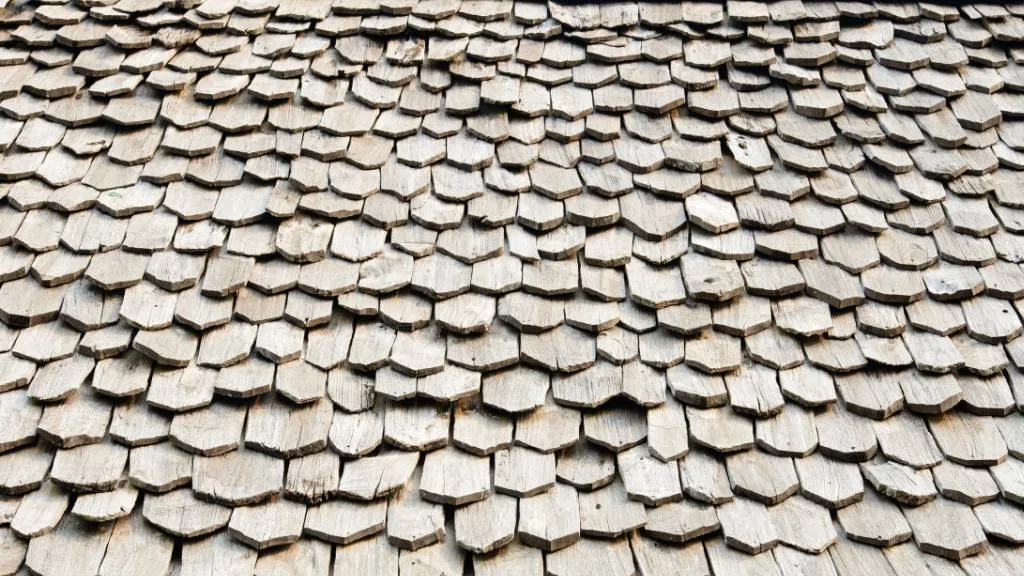
If you’re in the process of getting a new roof installed, you may have come across the term “roofing cap sheet.” But what exactly is a cap sheet, and why is it an important component of your roofing system?
Essentially, a cap sheet is a layer of material that is applied to the top of your roofing system, serving as an additional protective barrier against the elements.
In this article, we’ll take a closer look at what a roofing cap sheet is, how it’s installed, and the benefits it provides to your roof’s longevity and durability.
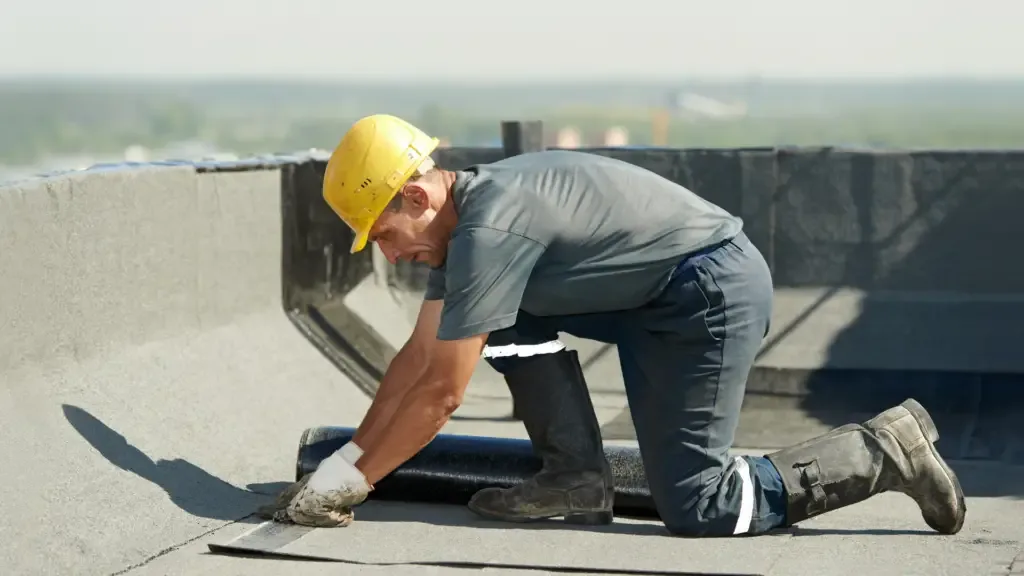
What is a Roofing Cap Sheet?
If you are looking for a roofing material that is both durable and affordable, you may want to consider a roofing cap sheet. A roofing cap sheet is a type of roofing material that is designed to provide an extra layer of protection for your roof.
In this section, we will discuss the definition of a roofing cap sheet and the different types of cap sheets available.
Definition
A roofing cap sheet is a type of roofing material that is designed to be installed over an existing roof. It is typically made from a combination of asphalt and fiberglass, and it is designed to provide an extra layer of protection against the elements.
Cap sheets are available in a variety of different colors and textures, so you can choose a material that matches the look of your home.
Types of Cap Sheets
There are several different types of cap sheets available, each with its own unique advantages and disadvantages. Here are some of the most common types of cap sheets:
- SBS Modified Bitumen Cap Sheets: This type of cap sheet is made from a combination of asphalt and synthetic rubber. It is designed to be flexible and durable, making it a good choice for roofs with a lot of foot traffic.
- APP Modified Bitumen Cap Sheets: This type of cap sheet is made from a combination of asphalt and plastic. It is designed to be heat-resistant, making it a good choice for roofs in hot climates.
- Self-Adhering Cap Sheets: This type of cap sheet is designed to be installed without the use of hot asphalt or torches. It is easy to install and can be a good choice for DIY projects.
When choosing a cap sheet for your roof, it is important to consider factors such as climate, foot traffic, and the overall look of your home. By choosing the right cap sheet, you can ensure that your roof is protected from the elements and looks great for years to come.
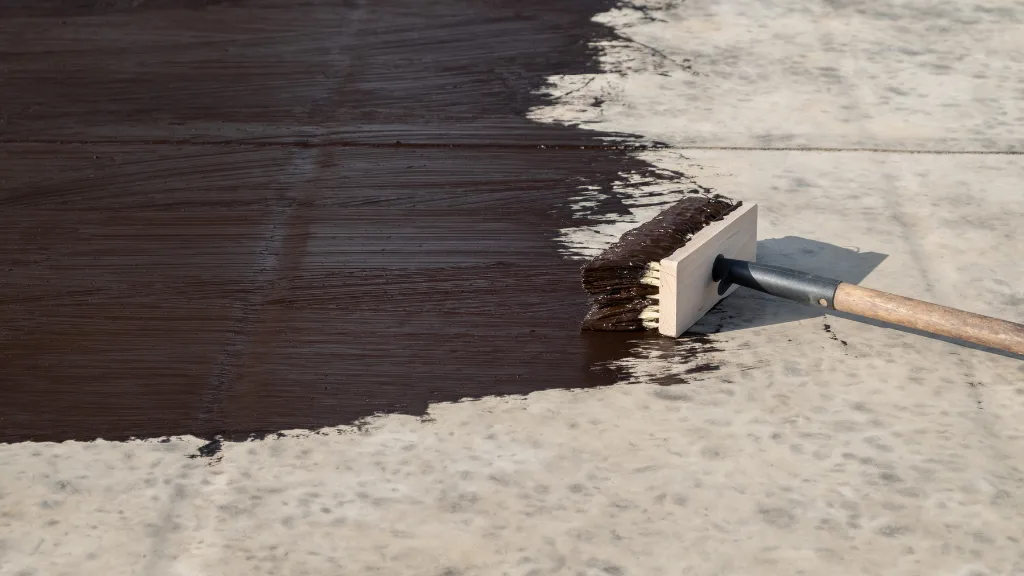
Benefits of Cap Sheets
When it comes to roofing, cap sheets are a popular choice due to their many benefits. Here are some of the advantages of using cap sheets for your roofing needs.
Durability
Cap sheets are made from durable materials such as metal or plastic, which makes them resistant to rot, warping, and breaking. They are also designed to withstand harsh weather conditions, which means they can last longer than traditional roofing materials.
This durability ensures that your roof will remain intact and functional for years to come.
Waterproofing
Cap sheets are designed to provide exceptional waterproofing capabilities. The multi-layered structure of cap sheet roofing ensures that water cannot penetrate through to the underlying layers of the roof.
This makes them an ideal choice for areas that experience heavy rainfall or snowfall. With cap sheets, you can be sure that your roof will remain dry and free from water damage.
Energy Efficiency
Cap sheets can also help to improve the energy efficiency of your home or building. Light-colored mineral surfacing helps to reflect heat back into the atmosphere, preventing the roofing materials from absorbing heat.
This reduces the need for air conditioning and lowers utility costs. Additionally, the light color helps to reduce the urban heat island effect, making your building more comfortable and energy-efficient.
Versatility
Cap sheets are versatile and can be used for a variety of roofing applications. They can be adhered to a variety of base materials, including asphalt, metal, and concrete.
This makes them a popular choice for both residential and commercial roofing needs. Cap sheets can also be used for both flat and sloped roofs, making them a versatile option for any roofing project.
In summary, cap sheets offer a range of benefits that make them a popular choice for roofing needs. They are durable, waterproof, energy-efficient, and versatile, making them an ideal choice for any roofing project.
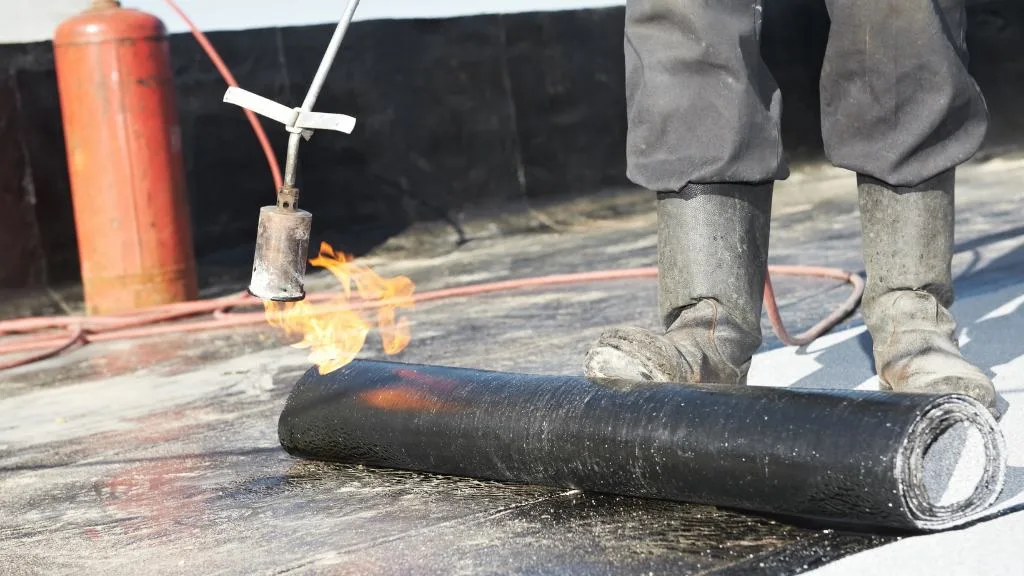
Types of Cap Sheet Materials
When it comes to roofing cap sheets, there are several different materials to choose from. Each material has its own unique properties and benefits.
In this section, we will explore the different types of cap sheet materials available to you.
Asphalt
Asphalt cap sheets are one of the most popular types of roofing materials. They are made from layers of fiberglass or organic felt that are coated with asphalt.
The top layer is usually covered with mineral granules for added protection against the elements. Asphalt cap sheets are known for their durability and affordability.
Fiberglass
Fiberglass cap sheets are made from layers of fiberglass that are coated with asphalt. They are lightweight and easy to install, making them a popular choice for many homeowners.
Fiberglass cap sheets are also known for their resistance to fire and moisture.
SBS
SBS (Styrene-Butadiene-Styrene) cap sheets are made from a blend of asphalt and synthetic rubber. They are designed to be flexible and durable, making them ideal for use in areas with extreme temperature fluctuations.
SBS cap sheets are also resistant to tears and punctures, making them a good choice for areas with high foot traffic.
Rubber
Rubber cap sheets are made from synthetic rubber. They are known for their flexibility and ability to withstand extreme temperatures.
Rubber cap sheets are also resistant to tears and punctures, making them a good choice for areas with high foot traffic.
Plastic
Plastic cap sheets are made from various types of plastic, including PVC and TPO. They are lightweight and easy to install, making them a popular choice for many homeowners.
Plastic cap sheets are also known for their resistance to fire and moisture.
Polyester
Polyester cap sheets are made from layers of polyester that are coated with asphalt. They are known for their durability and resistance to tears and punctures.
Polyester cap sheets are also lightweight and easy to install, making them a popular choice for many homeowners.
In conclusion, there are several different types of cap sheet materials to choose from when it comes to roofing. Each material has its own unique properties and benefits, so it’s important to choose the right one for your specific needs.
By considering factors such as durability, flexibility, and resistance to the elements, you can make an informed decision about which type of cap sheet material is right for you.
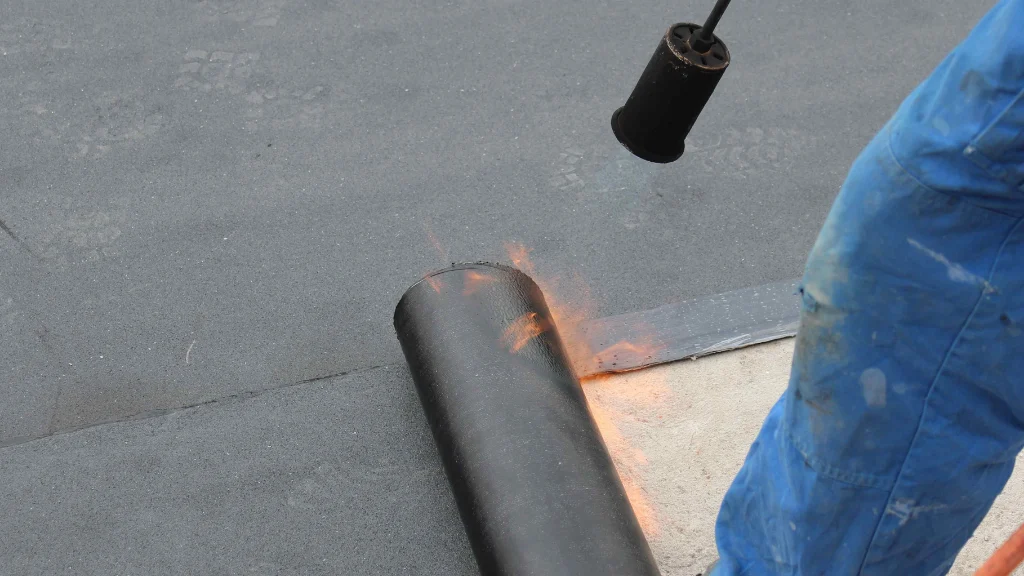
Installation of Cap Sheets
When it comes to installing a cap sheet, there are several important steps that you need to follow to ensure that the installation is done correctly. In this section, we will go over the steps involved in the installation process.
Preparation of the Substrate
Before you start installing the cap sheet, you need to prepare the substrate. This involves cleaning the surface of the roof and making sure that it is free of any debris or loose material.
You should also make sure that the surface is dry and that there are no areas where water can pool.
Application of the Base Sheet
Once the substrate is prepared, you can start applying the base sheet. The base sheet is the first layer of the roofing system and is usually made of fiberglass or polyester.
It is important to make sure that the base sheet is properly aligned and that there are no wrinkles or bubbles.
Application of the Cap Sheet
After the base sheet is installed, you can start applying the cap sheet. The cap sheet is the top layer of the roofing system and is usually made of modified bitumen or asphalt.
You should make sure that the cap sheet is properly aligned and that there are no wrinkles or bubbles.
Sealing the Edges
Once the cap sheet is installed, you need to seal the edges. This involves applying a sealant to the edges of the cap sheet to prevent water from getting underneath the roofing system.
You should use a high-quality sealant that is designed for use with roofing materials.
Maintenance
After the cap sheet is installed, it is important to perform regular maintenance to ensure that the roofing system stays in good condition. This includes inspecting the roof for any damage or wear and tear, cleaning the roof to remove any debris or dirt, and applying a coating to protect the roofing system from the elements.
Overall, the installation of a cap sheet is a complex process that requires careful attention to detail. By following the steps outlined in this section, you can ensure that your roofing system is installed correctly and will provide reliable protection for years to come.
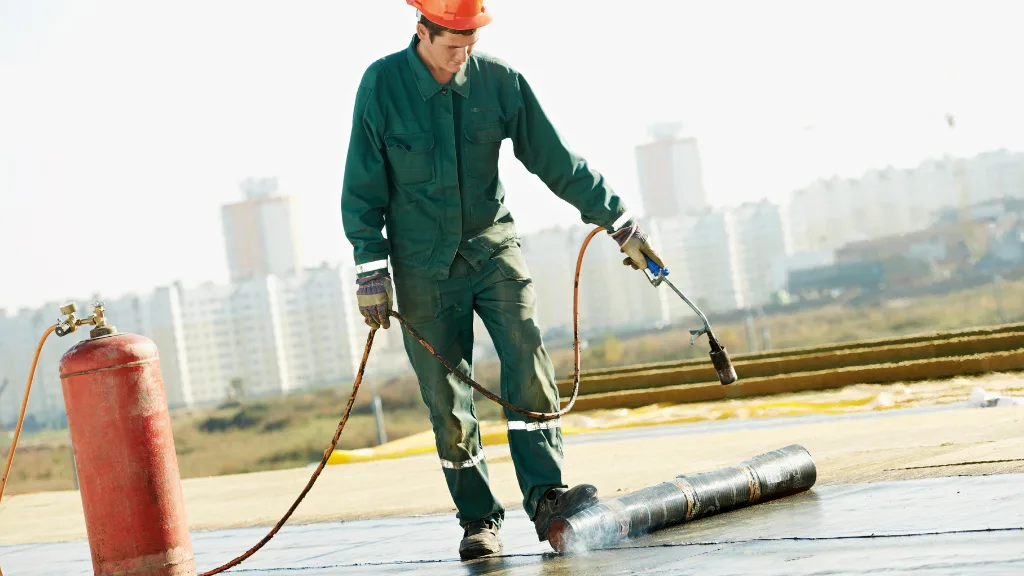
Types of Roofing Systems that use Cap Sheets
When it comes to roofing systems that use cap sheets, there are three main types: built-up roofing (BUR), modified bitumen membrane (MBM), and self-adhering. Each type has its own unique characteristics and advantages.
Built-Up Roofing (BUR)
Built-up roofing, also known as BUR, is a traditional roofing system that has been used for over a century. It consists of multiple layers of roofing felt that are adhered together with hot asphalt.
Cap sheets are typically used as the top layer of the BUR system, providing an extra layer of protection against the elements.
One of the advantages of BUR is its durability. It can last for decades with proper maintenance. Additionally, BUR is fire-resistant and can provide excellent insulation.
Modified Bitumen Membrane (MBM)
Modified bitumen membrane, or MBM, is a type of roofing system that is similar to BUR but with some key differences. Instead of using multiple layers of roofing felt, MBM uses a single layer of reinforced material that is coated with asphalt and modified with polymers.
Cap sheets are often used as the top layer of MBM systems. They provide an extra layer of protection against the elements and can be granulated to provide additional UV protection.
One of the advantages of MBM is its flexibility. It can withstand a wide range of temperatures without cracking or becoming brittle. Additionally, MBM is resistant to tears and punctures.
Self-Adhering
Self-adhering roofing systems are a newer type of roofing system that use a peel-and-stick adhesive to attach the roofing material to the roof deck. Cap sheets are often used as the top layer of self-adhering systems.
One of the advantages of self-adhering roofing systems is their ease of installation. They can be installed quickly and without the need for hot asphalt or other specialized equipment.
Additionally, self-adhering systems are typically lightweight and easy to transport.
Overall, each type of roofing system that uses cap sheets has its own unique advantages and disadvantages. It is important to consider factors such as durability, flexibility, and ease of installation when choosing the right roofing system for your needs.
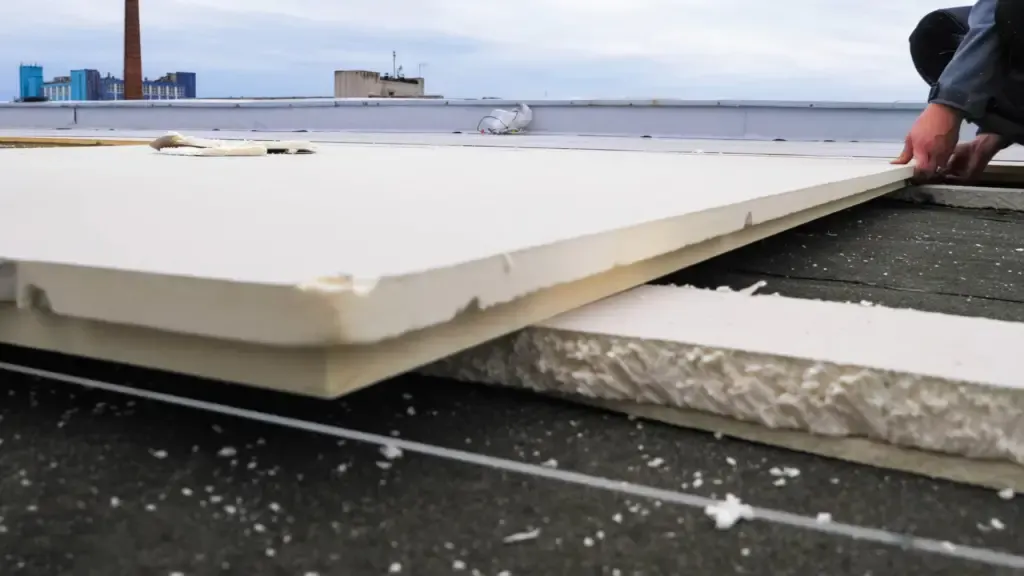
Common Issues with Cap Sheets
Cap sheets are an essential component of any roofing system, but they are not immune to issues. In this section, we will discuss some of the common problems that can occur with cap sheets.
Leaks
One of the most common issues with cap sheets is leaks. Leaks can occur due to a variety of reasons, such as poor installation, damage to the cap sheet, or problems with the underlying layers. If you notice water stains on your ceiling or walls, it could be a sign of a leak in your roofing system.
Cracks
Cap sheets can also develop cracks over time due to exposure to the elements. Cracks can occur due to changes in temperature or moisture levels, or due to foot traffic on the roof. If left unaddressed, cracks can lead to leaks and other problems.
Wind Damage
Strong winds can cause damage to cap sheets, especially if they are not properly secured. Wind damage can cause the cap sheet to lift or tear, which can lead to leaks and other issues.
Water Damage
Water damage can occur when cap sheets are not properly installed or when there are issues with the underlying layers. Water damage can lead to mold growth, which can be a health hazard.
Mold
Mold can grow in areas where there is moisture, and cap sheets can be a prime location for mold growth if there are leaks or other issues. Mold can cause health problems, so it is important to address any mold growth as soon as possible.
UV Damage
Cap sheets can also be damaged by UV rays from the sun. UV damage can cause the cap sheet to become brittle and crack, which can lead to leaks and other issues.
In summary, cap sheets can develop a variety of issues over time due to exposure to the elements, poor installation, or other factors. If you notice any issues with your cap sheet, it is important to address them promptly to prevent further damage to your roofing system.
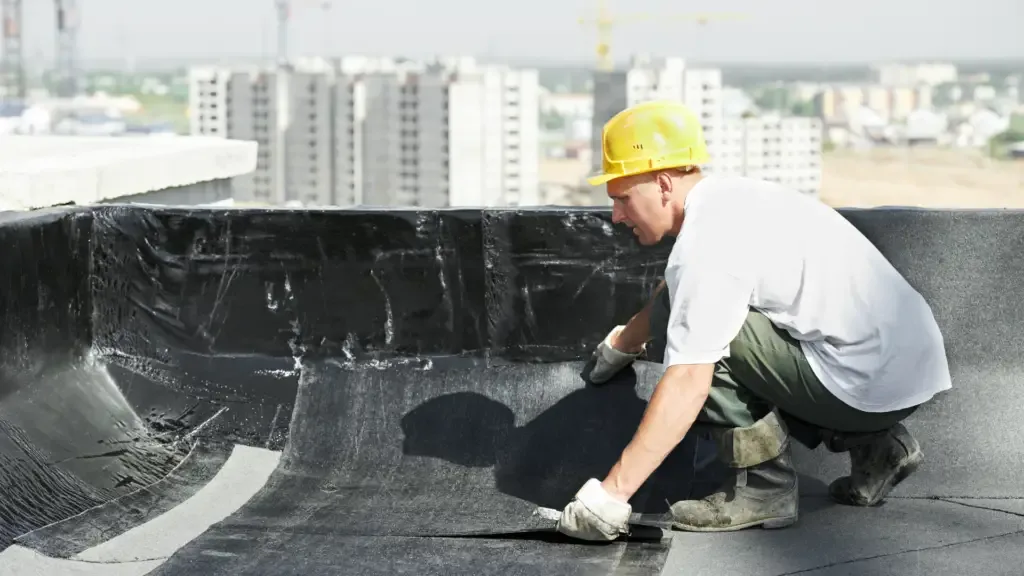
Repair and Maintenance of Cap Sheets
Cap sheets are a durable and long-lasting roofing material, but like any other roof, they require regular maintenance and repairs to keep them in good condition. Here are some tips on how to repair and maintain your cap sheet roof.
Repairing Leaks and Cracks
If you notice any leaks or cracks in your cap sheet roof, it’s important to repair them as soon as possible to prevent further damage. Here’s how to do it:
- Clean the area around the leak or crack with a broom or brush.
- Apply roofing cement to the damaged area, using a trowel or putty knife to spread it evenly.
- Cover the area with a patch of cap sheet material, making sure it overlaps the damaged area by at least 6 inches.
- Press the patch down firmly, smoothing out any wrinkles or bubbles.
- Apply another layer of roofing cement over the patch, making sure it extends at least 2 inches beyond the edges of the patch.
Re-Roofing
If your cap sheet roof is beyond repair, you may need to re-roof it. Here are some things to keep in mind:
- Hire a professional roofing contractor to do the job.
- Make sure the old roof is completely removed before installing the new cap sheet.
- Choose a high-quality cap sheet material that is appropriate for your climate and building type.
- Follow the manufacturer’s instructions for installation.
Maintenance Tips
Regular maintenance can help extend the life of your cap sheet roof. Here are some tips:
- Inspect your roof regularly for signs of damage, such as cracks, leaks, or missing granules.
- Keep your roof clean by removing any debris, such as leaves or branches, that may accumulate on it.
- Trim any overhanging tree branches that could damage your roof during a storm.
- Check your roof after a storm to make sure it hasn’t sustained any damage.
- Schedule regular maintenance inspections with a professional roofing contractor.
By following these tips, you can help ensure that your cap sheet roof lasts for many years to come.
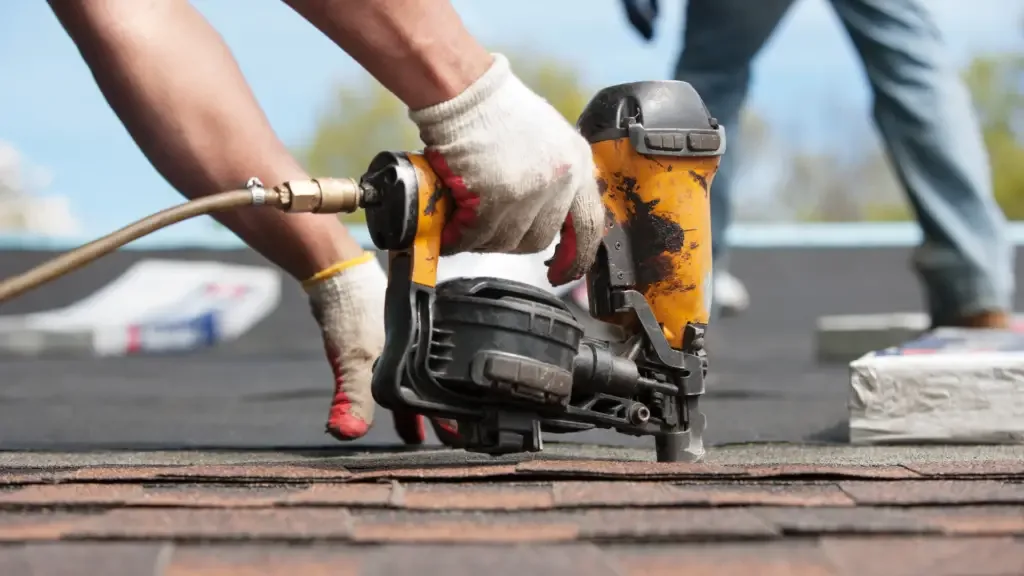
Building Codes and Cap Sheets
When it comes to roofing, building codes are an important consideration. Cap sheets are no exception. Here are some things to keep in mind when it comes to building codes and cap sheets.
Fire Protection
One of the most important considerations when it comes to building codes and cap sheets is fire protection. Cap sheets are typically made of asphalt or tar-coated layers of fiberglass mats.
These materials can be highly flammable, which is why building codes often require that cap sheets be treated with fire retardant chemicals.
If you are installing a cap sheet on your roof, it is important to make sure that it meets the fire protection requirements of your local building codes. This may include using fire-resistant materials or treating the cap sheet with fire retardant chemicals.
Moisture Penetration
Another important consideration when it comes to building codes and cap sheets is moisture penetration. Cap sheets are designed to create a seamless barrier between the roof deck and insulation, which helps to prevent moisture penetration into the building assembly below.
However, if the cap sheet is not installed correctly, or if it becomes damaged or worn over time, moisture can penetrate the roof deck and cause problems with mold, odors, corrosion, and rot.
This is why building codes often require that cap sheets be installed by licensed professionals who are trained in proper installation techniques.
If you are installing a cap sheet on your roof, it is important to make sure that it is installed correctly and that any damage or wear is repaired as soon as possible to prevent moisture penetration.
Overall, building codes are an important consideration when it comes to cap sheets. By following the guidelines set forth in your local building codes, you can ensure that your cap sheet is installed correctly and provides the necessary protection against fire and moisture penetration.
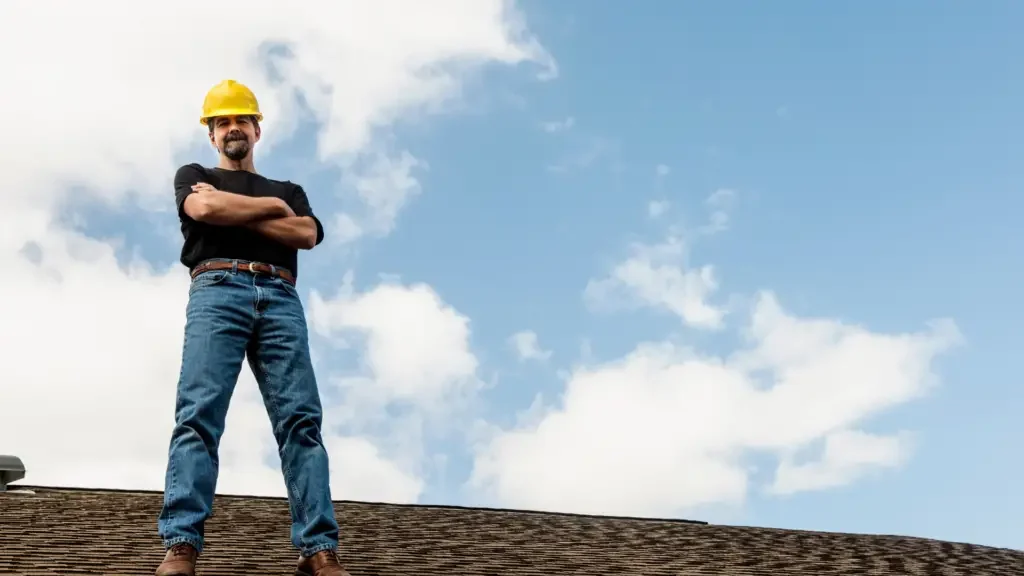
Conclusion
In conclusion, a roofing cap sheet is an important component of a roofing system that provides a protective layer against moisture penetration, mold, odors, corrosion, and rot. It is commonly used on low-slope roofing systems, including modified bitumen roofing and built-up roofing.
When selecting a cap sheet, it is essential to consider the specific climate conditions, as different types of cap sheets are designed to withstand various weather conditions. The cost of cap sheet roofing varies depending on the type of cap sheet and the size of the roofing system.
Proper installation of a cap sheet roofing system is crucial to ensure its durability and effectiveness. It is recommended to hire a professional roofing contractor with experience in installing cap sheet roofing systems to ensure the best results.
Regular maintenance and inspection of the roofing system, including the cap sheet, can help extend its lifespan and prevent costly repairs. It is important to address any issues or damages promptly to avoid further damage to the roofing system and the building structure.
Overall, a well-installed and maintained cap sheet roofing system can provide long-lasting protection for your building against the elements and ensure its structural integrity.

